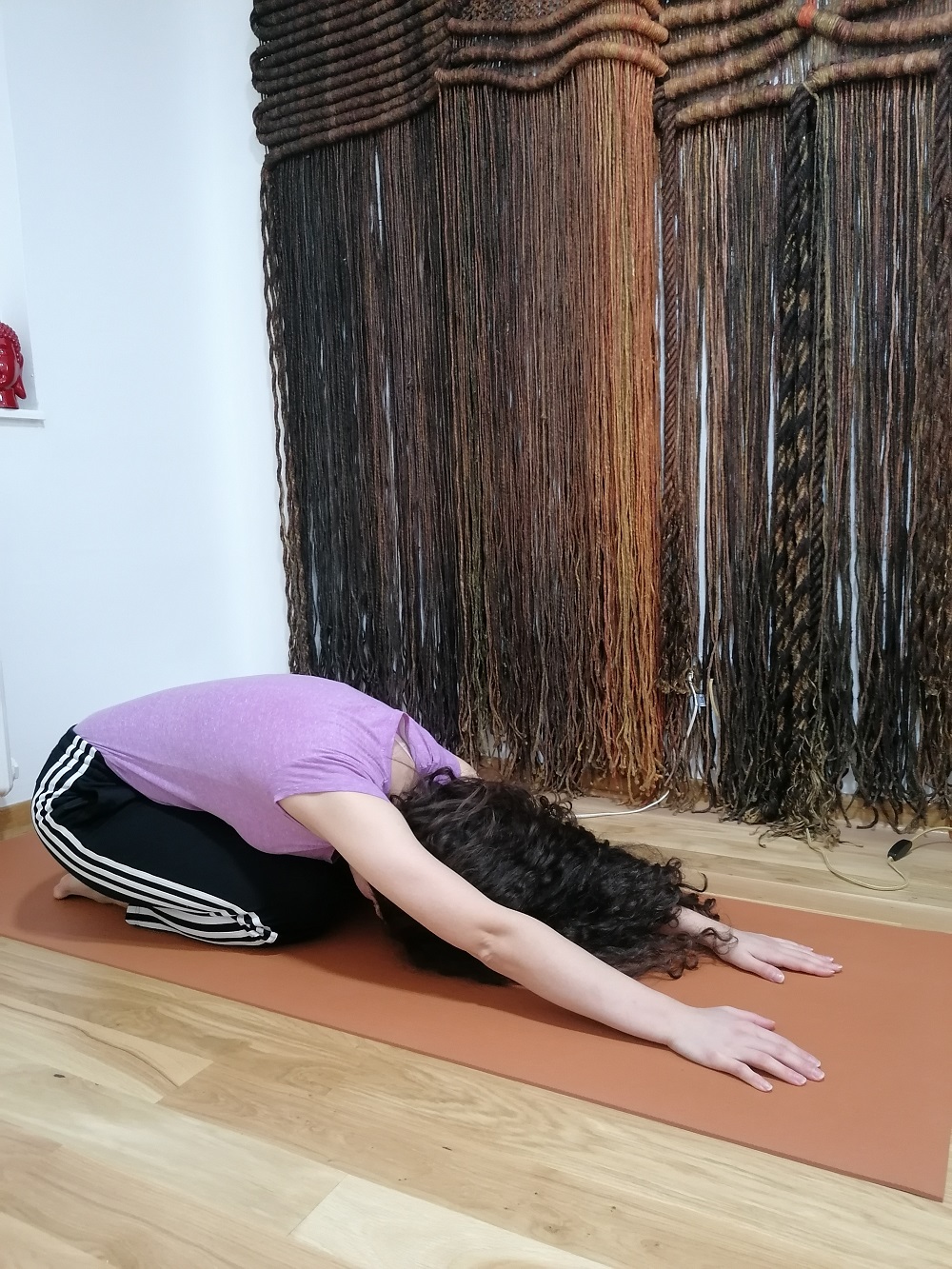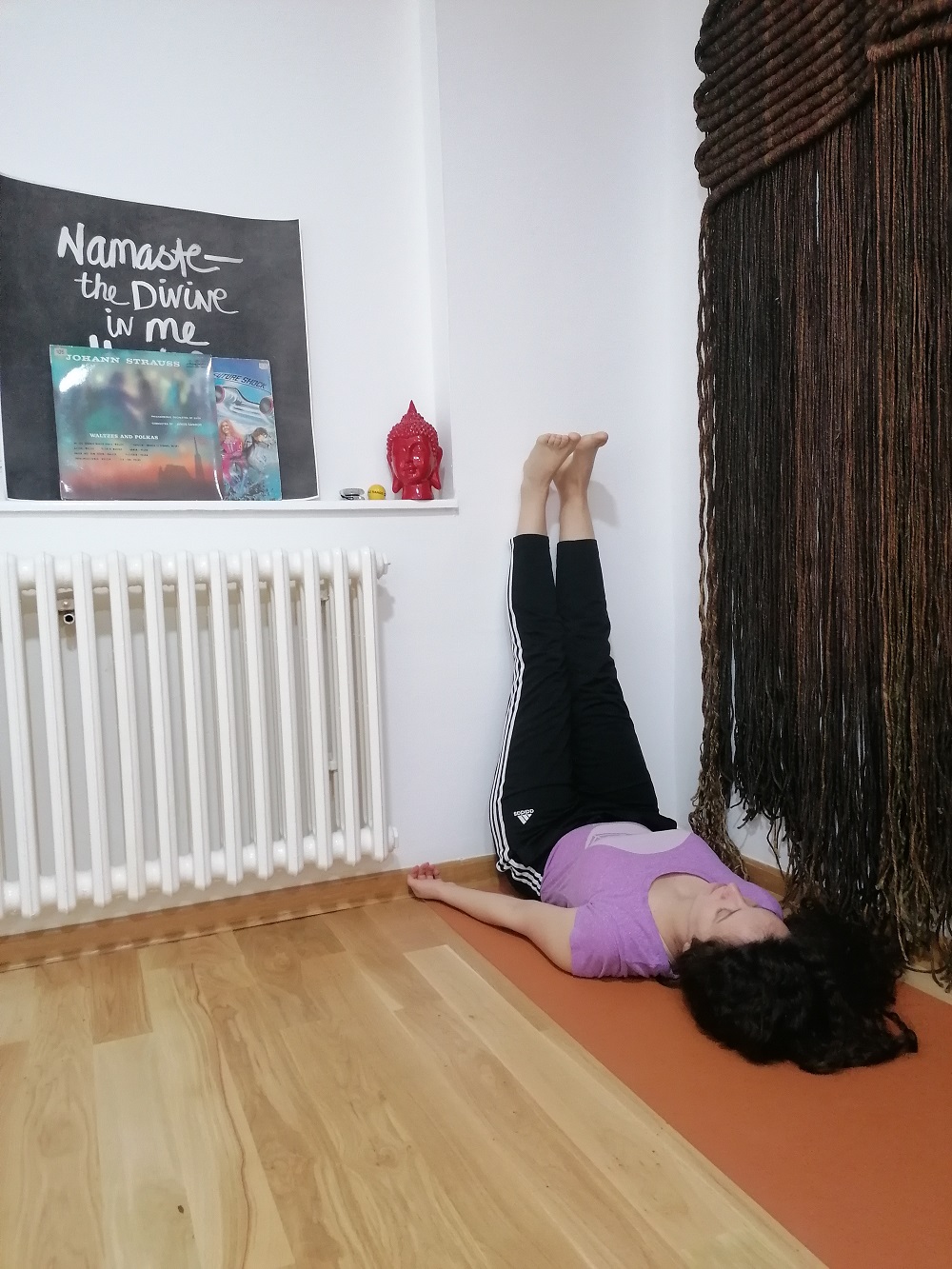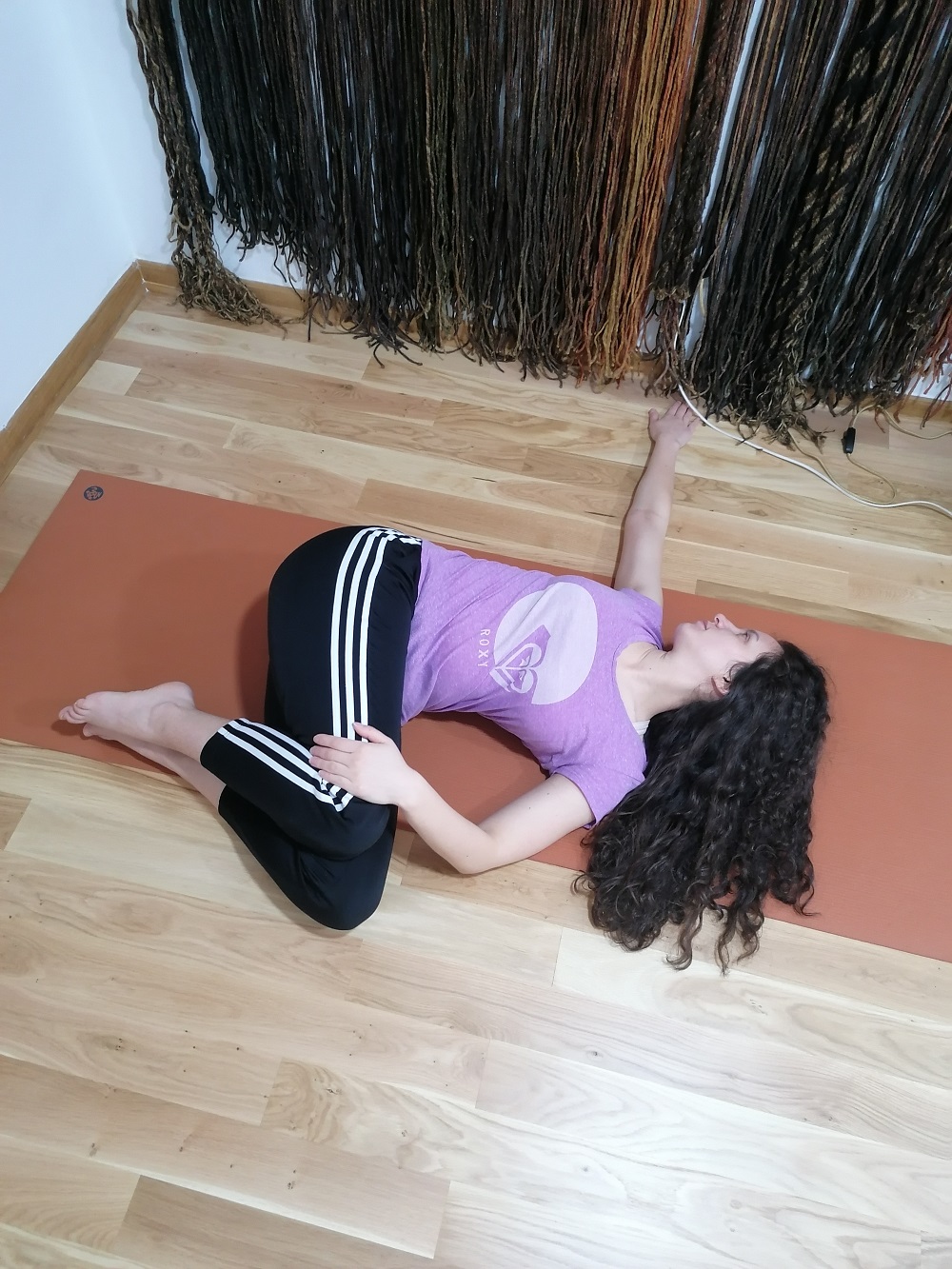People who are not familiar with yoga or haven’t had the opportunity to practice it would generally think that every pose in yoga is relaxing. Consequently, this article would greatly confuse those people.
A DEEPER INSIGHT
From the point of view of the instructor or teacher, the poses that can be included in the category of calming, relaxing yoga poses are one of the essential parts of a yoga class, especially when it comes to stronger styles of yoga. We are primarily thinking of Vinyasa yoga in which the structure of the class is created by the instructor or the teacher himself.
Relaxing poses should allow the practitioner to realize the benefits of the class and integrate the experience that the body has during the class itself. These poses aim for the practitioner to achieve the much-needed balance between the body, mind, and spirit through their practice.
Certainly, relaxing poses are not only practiced at the end of the class, especially if it is a class that lasts longer than an hour. According to a yoga philosophy, the practitioner’s body should relax every 40–45 minutes of practice. Accordingly, if the class itself lasts up to 90 minutes, it is understood that there are at least two breaks. The first can be the so-called relaxation of the entire body with a quick scan (which lasts a few minutes), while the second usually includes the yoga nidra (this relaxation lasts up to ten minutes on average).
The relaxation process itself is important on many levels. It is important to relax and restore the muscles of the entire body. The entire musculature of the practitioner regenerates during the time spent in these poses. During this process, the practitioner’s train of thought calms down. Certain relaxing poses can also be practiced to improve the focus and concentration. By assuming some relaxing poses, the practitioner can achieve a balance on the spiritual level as well.
For example, with respect to paschimottanasa, it is said that if one stays in this pose for more than 10 minutes one might experience spiritual awakening. With that in mind, some practitioners stay in that pose (as well as in other similar poses) for up to an hour with the aim of spiritual awakining.
PRACTICE
It is very important to include the relaxing poses during the class itself and not just at the end of it, especially if it is a Vinyasa yoga. In my personal experience, the best part of the class during the Vinyasa sequence, where the relaxation poses should be included, is when the right side of the body is finished.
In Vinyasa, the class itself is designed in such a way that the poses for the right side of the body are done first. After the right side of the body, the left side is done in the same order, except that the left side is primary. The right and left sides are combined at the same time very rarely. In this way, by separating the right side from the left side of the body, better focus and concentration are achieved. Therefore, after the right side of the body is finished, the relaxation of the entire body occurs. A recapitulation is made on all levels of existence through relaxing poses and calming breathing techniques (mainly at these moments, a full three-layer breathing is practiced).
There are a number of relaxing poses. Appropriate poses are assigned according to the class itself. Thus, the same poses are not always included during the relaxation sequence. The selection and sequence of relaxing poses depend on the poses that make up the Vinyasa sequence.
Here are a list of three relaxing poses that the instructors and teachers use the most in their classes:

The first pose that most people know about is the child’s pose. It is a pose that quickly calms the mind and the entire nervous system. Of course, the focus while practicing this pose should be on breathing (three-layer breathing). Most people can practice it without any restrictions. However, if you feel a tightness in your knees or any pain, feel free to place a pillow under your knees. The same goes for your feet if you feel a tightness in your ankles or lower legs. Also, if you are not currently able to completely lower your forehead onto the yoga mat, feel free to put a pillow under it.

The second pose involves resting the legs on the wall. In addition to also having the effect of calming the flow of thought, this position is excellent if you are dealing with leg cramps. If you have a problem with poor peripheral circulation, this pose is definitely for you. This pose is also practiced in Vinyasa sequences where the emphasis is placed on the activation of the legs. By raising the legs on the wall, the exerciser gets rid of the tension in the lower back. You should certainly not forget that this pose is excellent for the proper functioning of the digestive organs.
The third pose is Supta Matsyendrasana. This relaxing pose leads to a fine and gentle twist in the lower spine. By practicing this pose, the practitioner opens the chest, gently stretches and opens the waist, and releases tension in the upper back, shoulder area, and neck. This pose can be said to be the most challenging of the three. With that in mind, we advise you to practice the same pose with full attention. Although it is a relaxing, calming pose, it should not be taken lightly, especially since there is a fine twisting of the lower back within it.

CONCLUSION
When the symbiosis of relaxing poses and vocal relaxation that is led by the instructor or the teacher is achieved, the practitioner can often realize the complete relaxation in his whole body. Relaxation is something that the body can remember over time on a subconscious level. That same feeling of relaxation pervades the body itself for a few hours or even a few days after the end of the class. Everything depends on the openness of the energy centers of the practitioner.
Some practitioners may fall completely asleep during relaxation. It’s not bad, but it’s not good either. It is only an indication that the physical body of the practitioner is in dire need of rest, all for the purpose of relaxation on the physical level of existence.
Exercisers who are exposed to constant stress during their daily activities, exercisers who do not have enough and regular sleep, and exercisers who do not eat enough make up the category of the exercisers who need the relaxing poses and relaxation during and at the end of the class.
If you yourself belong to that group, do not neglect the importance of the relaxing poses in your yoga practice. However, in addition to the yoga practice itself, take into account the quality of your sleep and what, when, how, and how much you eat. Of course, try to reduce the level of stress that you are exposed to on a daily basis.







